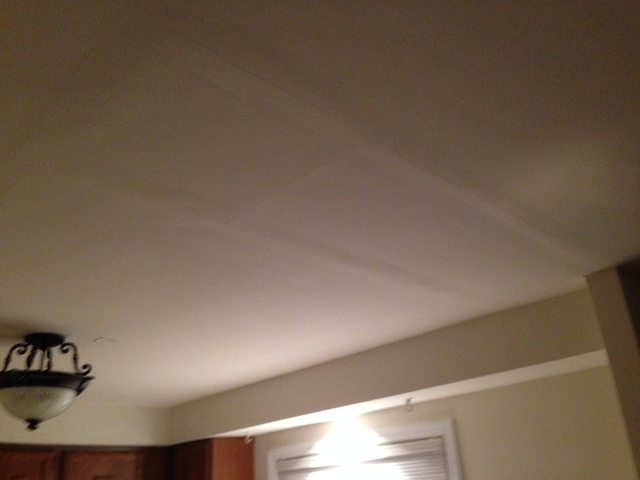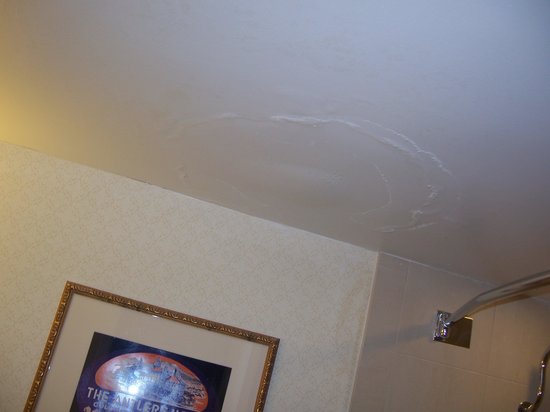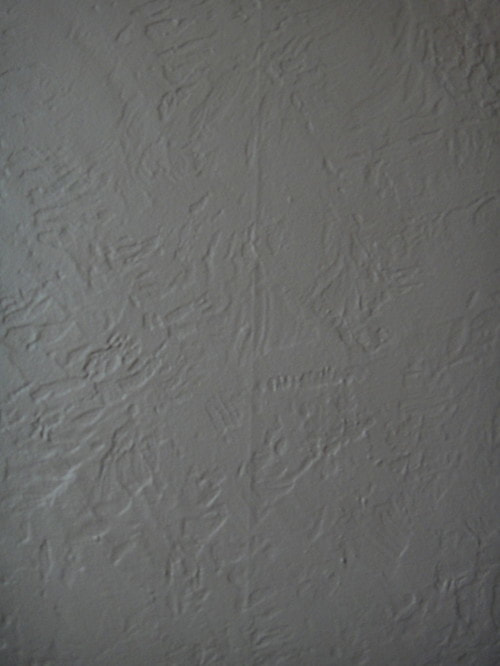Patches! Eventually every home needs some sort of patching in the walls or ceilings. Without the proper expertise reaching that goal can be extremely difficult. Afterall, a good patch is one you don’t see. Whether it's making a hole disappear or significant water damage you need repaired, with Heritage Plasters you won’t have to worry about hiding a poor patch behind furniture.
Surface preparation and proper technique is critical to achieving a good finished product. Is there a texture to match? Was the existing surface painted or treated with any waterproofing compounds? Is the damaged area in a corner or near an edge? What materials and techniques were used for the initial installation? Taking into consideration the many factors involved will go a long way to getting a patch you’re happy with.
Patches should be very difficult to spot if not invisible. Shoddy or rushed work results in a patch that is anything but seamless.
Since a good patch doesn’t look like anything special, here are some examples of what a patch should NOT look like:
Surface preparation and proper technique is critical to achieving a good finished product. Is there a texture to match? Was the existing surface painted or treated with any waterproofing compounds? Is the damaged area in a corner or near an edge? What materials and techniques were used for the initial installation? Taking into consideration the many factors involved will go a long way to getting a patch you’re happy with.
Patches should be very difficult to spot if not invisible. Shoddy or rushed work results in a patch that is anything but seamless.
Since a good patch doesn’t look like anything special, here are some examples of what a patch should NOT look like:
Obviously every seam of this patch is visible. Smooth flat ceilings don't hide anything so the work has to be perfect. Blending the seams out farther or better yet, not building them up beyond the surface of the wall would have made this a lot better.
Here is an example of what was a good patch that was undone by poor surface preparation. There was water damage obviously but not removing the damaged area far enough and ensuring that every layer has a good bond results in an unsightly ring around the water damaged area.
This one is really common. Usually seams showing through like this is due to poor initial finishing. If the sheetrock has a crushed edge that isn't cut out, or not enough mud is applied under the paper tape it results in a bubble which really shows up once the surface is painted. (Unfortunately at this point it's a lot more work to correct)
Here is a patch showing how poor technique can work against you. Notice the bare spots in the texture as well as the lines toward the top. When the rest of the wall has a light 'orange peel' texture and you have bare spots and tool lines your eye can't help but zero in on the area that is different.
If you're ready to get the job done right give us a call or text us at 828-771-6303 or click below.
Every project is unique and requires partners that understand your desire for exceptional service. From the planning to completion, we go the extra mile to make your walls and ceilings something you'll be thrilled with for generations. We invite you to see how Heritage Plasters can make your project extraordinary!
Make plaster part of your home's heritage.




